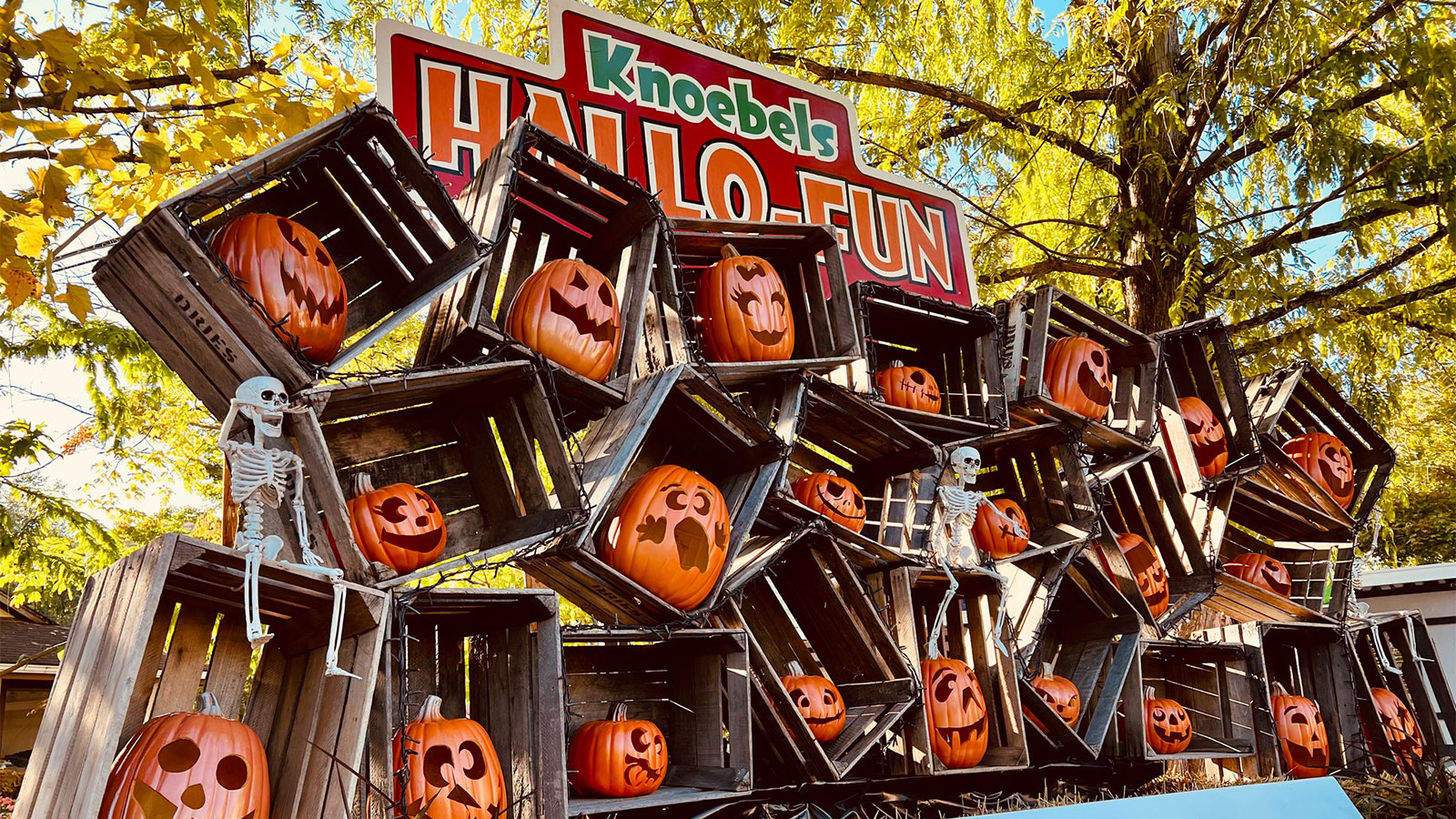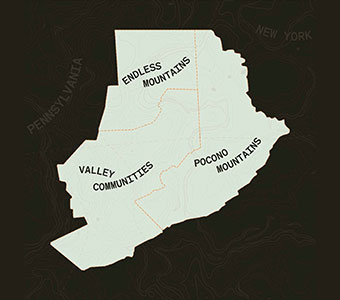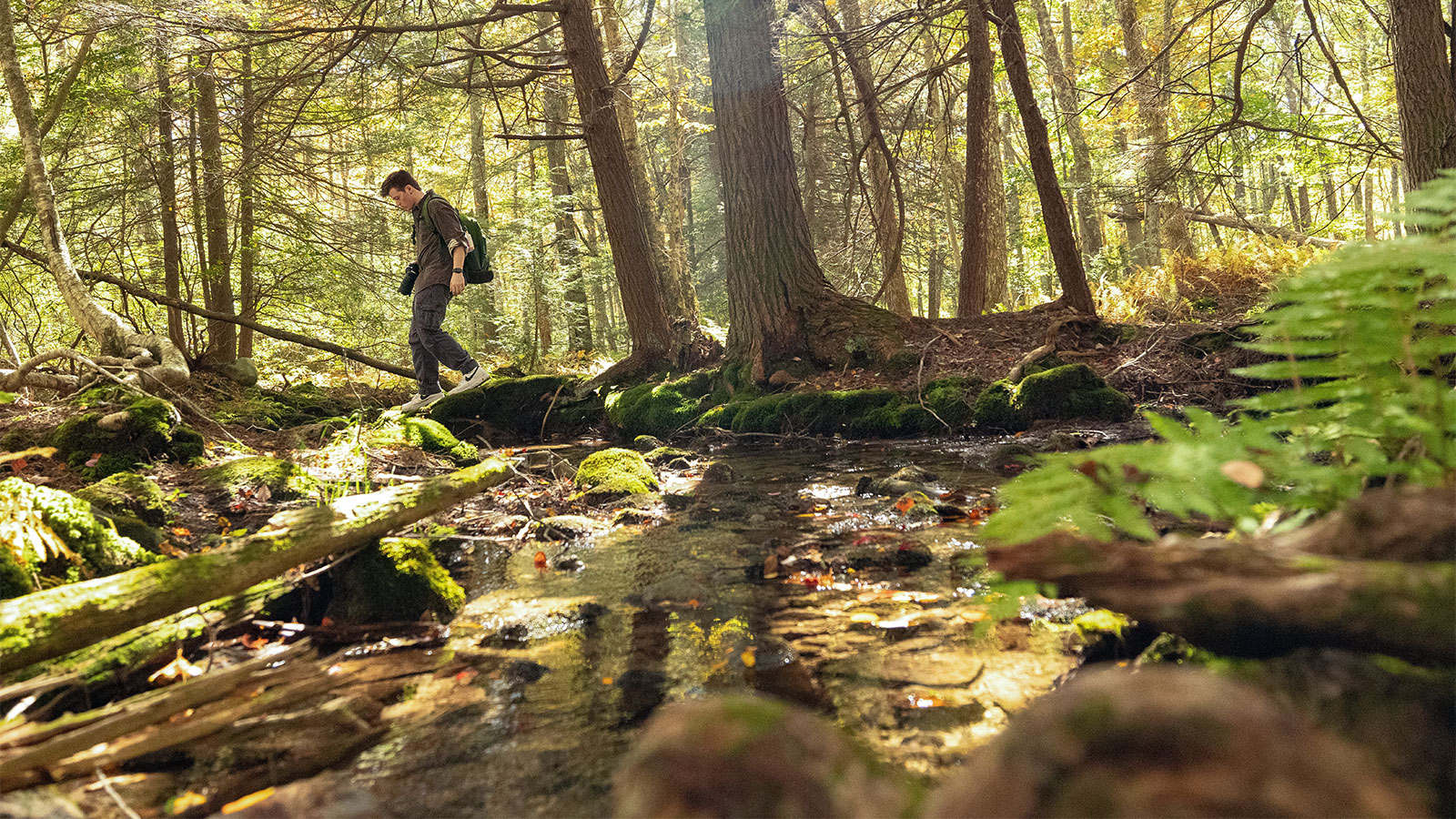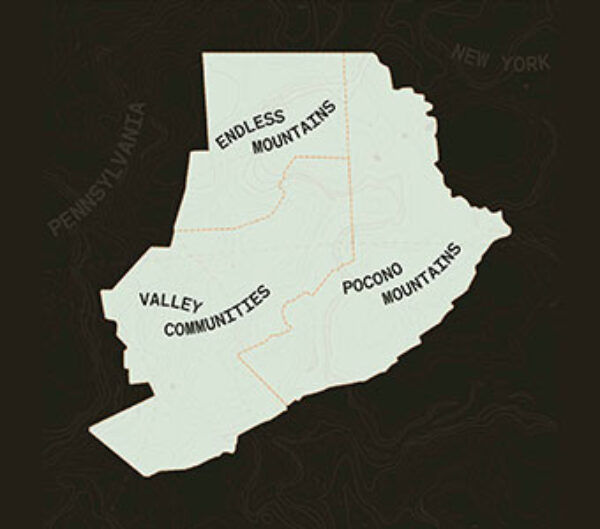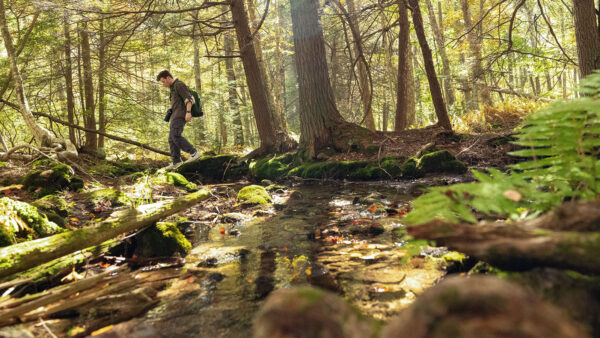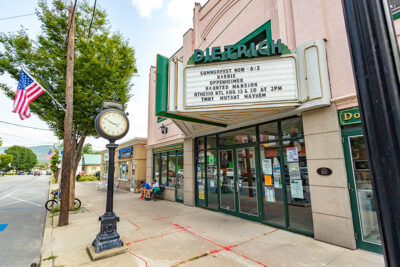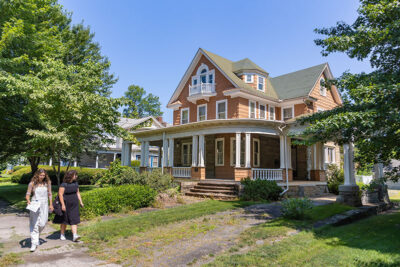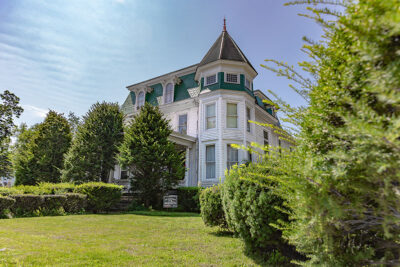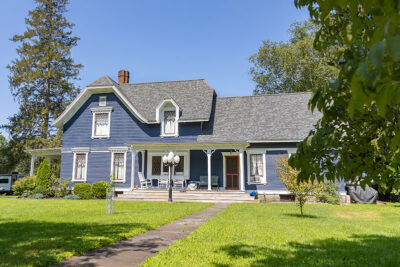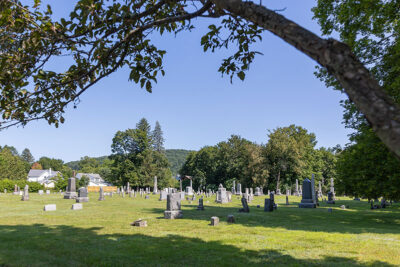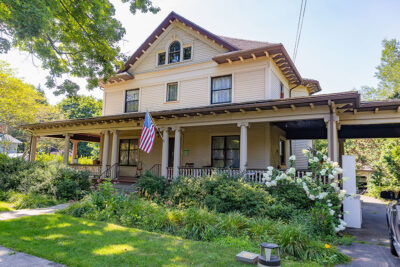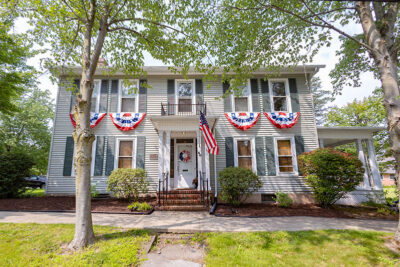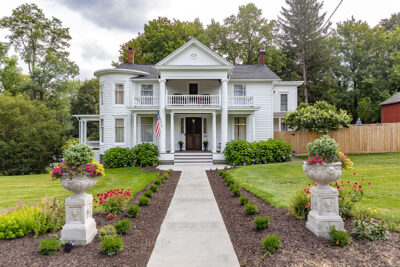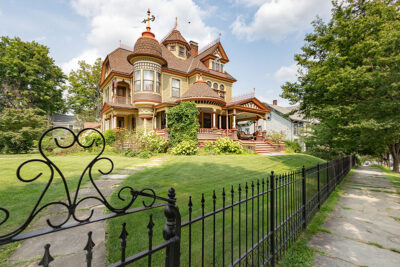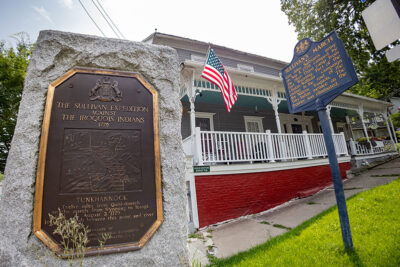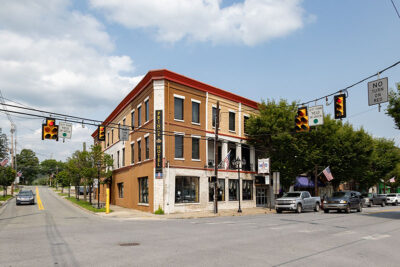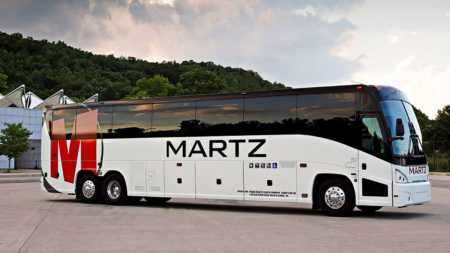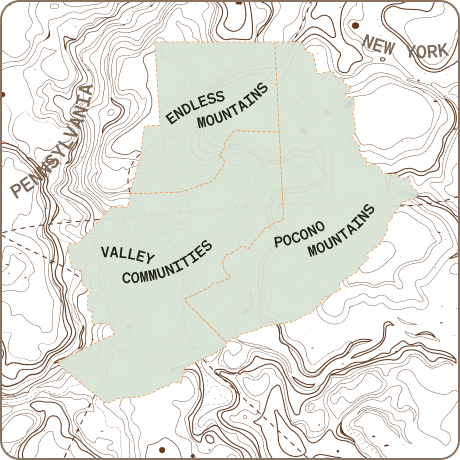Centuries-Old Architecture Displayed Predominantly and Preserved Meticulously
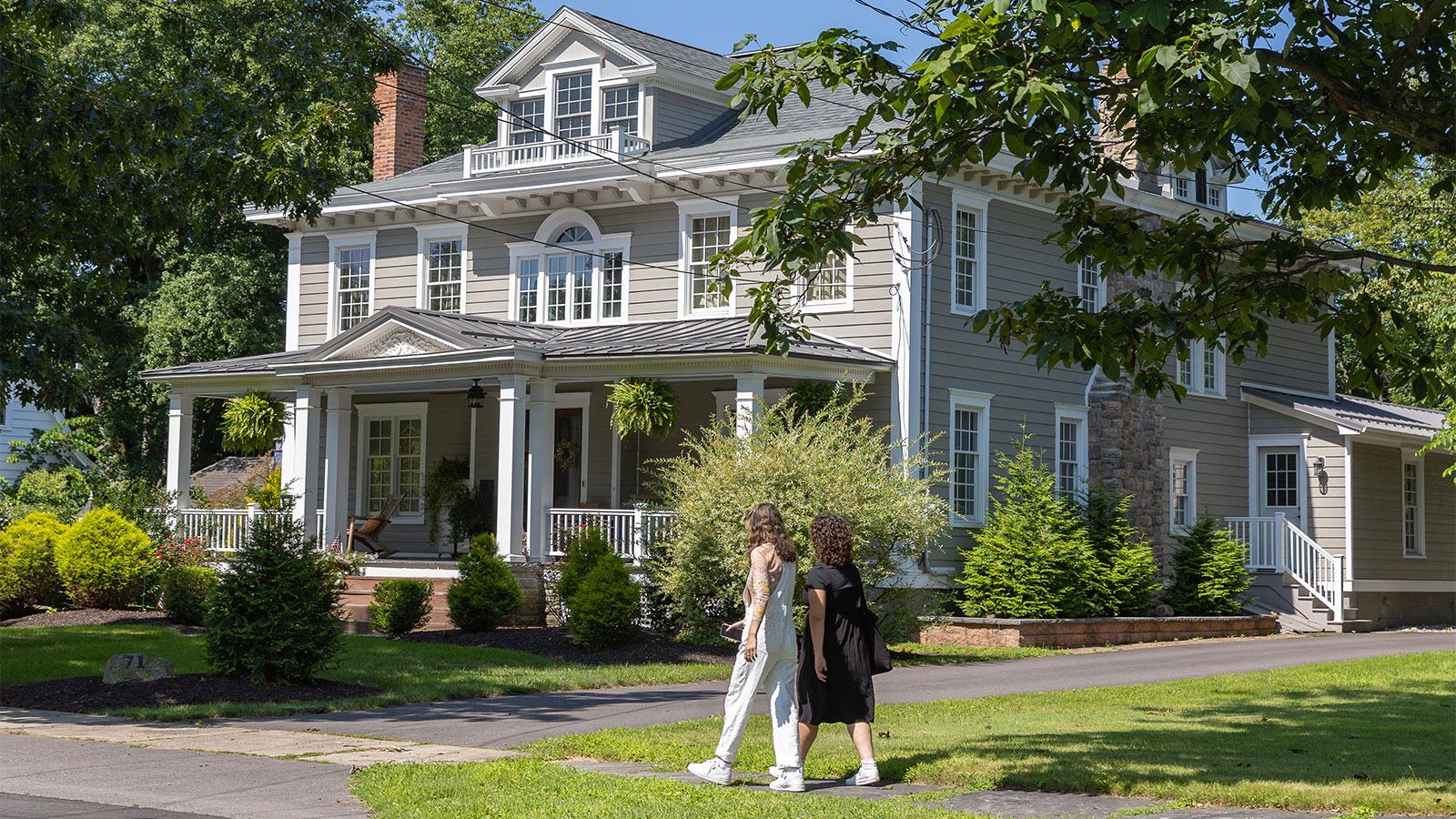
Small-town charm steeped in history is found everywhere in Tunkhannock.
If you’ve ever visited the picturesque town of Tunkhannock, you’ve experienced for yourself the quaint charm and rich history of the former lumbering community. Tucked away in the rolling hills of the Endless Mountains, the area was first inhabited by Zebulon Marcy in 1771. Today, the seat of Wyoming County is a snapshot of historically significant 19th and early 20th century architecture.
The beautiful, walkable town stretches out along the Susquehanna River. It is situated between Wilkes-Barre/Scranton and Pennsylvania’s mountainous northern tier in the Pocono Plateau. Here, the past meets the present in this carefully preserved community that’s showing off its stately and stunning architectural heritage with their Historic Tunkhannock Walking Tour.
A Portal to Tunkhannock’s Legacy
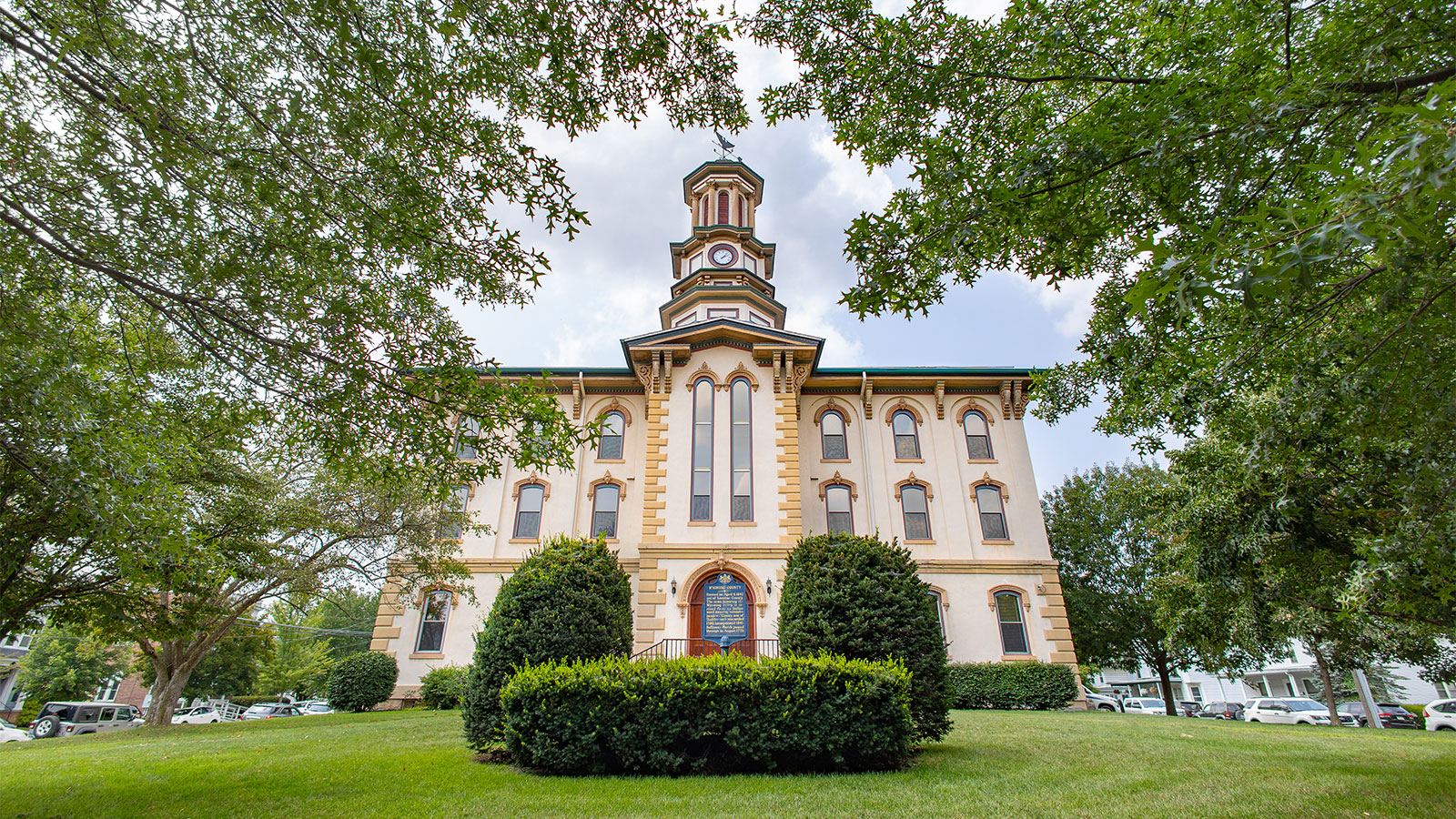
Experience this unique community and its lovely architecture for yourself.
The nearly 2-mile, self-guided trek takes participants on a journey through time. With 40 attractions in total, tour stops include the stately Wyoming County Courthouse, impressive mansions, elegant churches and other historical venues.
The walking tour was developed in 2016 by the Wyoming County Cultural Center, the Wyoming County Historical Society, the Tunkhannock Business & Professional Association, and the Wyoming County Chamber of Commerce. Their collaborative effort launched this unique way to experience the borough’s historic district while making it an attraction for visitors.
The homes, houses of worship, businesses and venues along the two-hour route date back to pre-1803 through 1937. Their historical significance has even earned the town an official spot on the National Register of Historic Places.
City’s Charm Best Appreciated Up Close
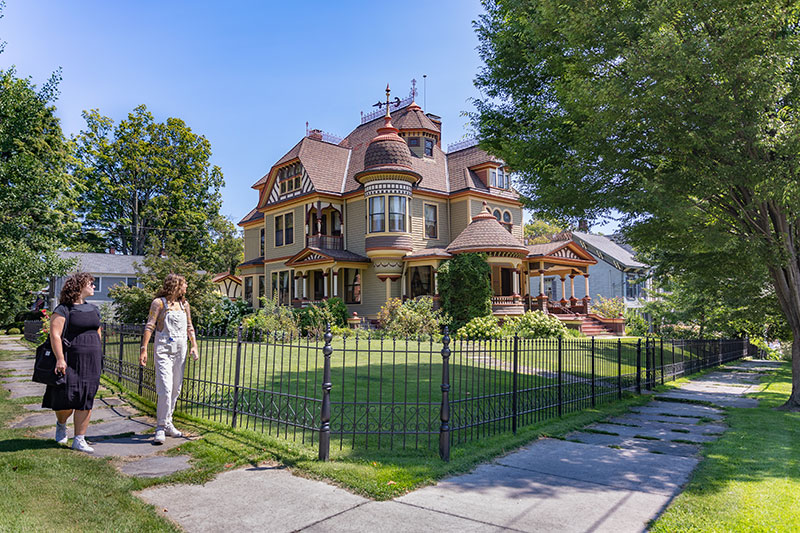
Discover ornate 19th and 20th Century architecture along the trail.
Steeped in history, points of interest along the walking tour include the landmark Wyoming County Courthouse, which took 150 years to complete. The Piatt House is a high-style example of Queen Anne architecture. It is one of the borough’s most iconic houses thanks to its stately turret, massive size, and sheer majesty. The Leighton House was once the home of Walter Tewksbury, a prominent town dentist and 5-time 1900 Summer Olympic medalist. Another notable stop is the oldest and smallest house on the tour. It once belonged to the family of Frances Slocum, who relocated to the area after she was kidnapped in Wilkes-Barre in 1778.

The tour officially starts in the heart of the bustling downtown at the Dietrich Theater.
Built in the 1930s by George Dietrich, the Great Depression Area cinema was the town’s epicenter for entertainment in its heyday. Brochures for the Historic Tunkhannock Walking Tour are available at the theater at 60 East Tioga St. It contains a centerfold map and brief description of the homes and businesses. Tour-goers can also access the tour map, along with a short narrated history of the stops, on the theater’s website.
From the Dietrich Theater, the tour proceeds east on Rt. 6 and crosses over Rt. 29, Warren St., Putnam St., and south on Wyoming Ave. before heading back east on Rt. 6 and finishing adjacent to the theater. Of course, you can start and end the route at any point thanks to the guide map.
From the bustling downtown to charming residential streets, “The Gateway to the Endless Mountains” entices residents and visitors alike to experience the historic city up close and personal. And with shopping, dining, and outdoor recreation all in the area, it’s the perfect excuse to take a day trip and visit all Tunkhannock has to offer.
To learn more about the Historic Tunkhannock Walking Tour, visit the Dietrich Theater website.
Article Updated from its Original Version Published on 8/9/2023.







